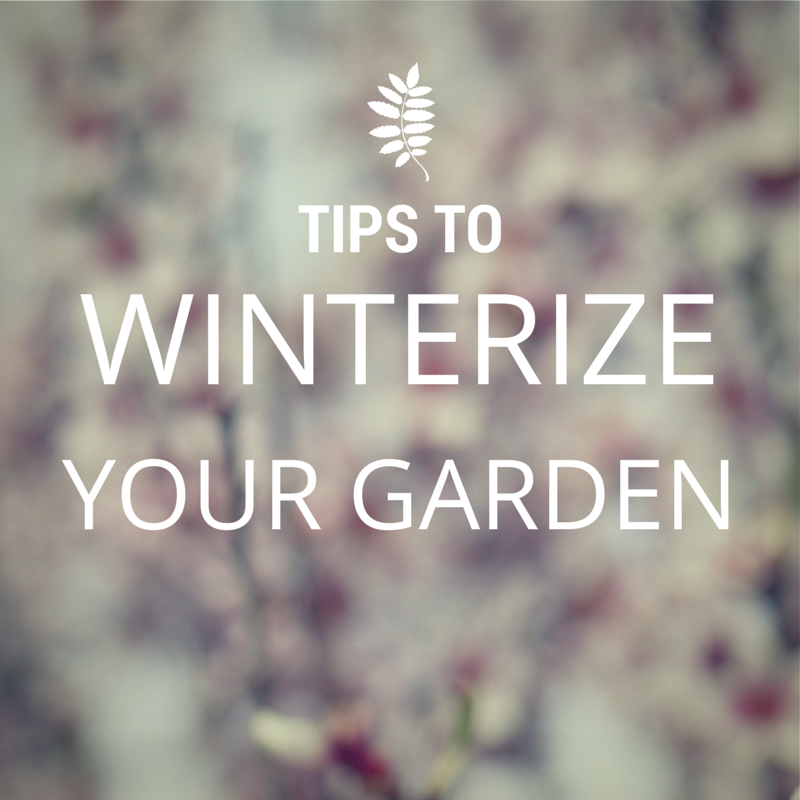Tips to Winterize Your Garden
Now that the weather is turning cold, it’s time to make sure your garden is winterized. That means clean up old debris, dig up your old plants and get your garden ready for spring.
Here’s your checklist to make sure your garden soil remains healthy through the winter. This will make planting your garden in spring easier.
Finish your harvest
If you’re lucky enough to still have tomatoes or peppers, be sure to harvest them before it gets too cold out. Generally, you want this to happen before the first frost. If you harvested tomatoes that aren’t quite ripe, but them in a paper bag to ripen them.
It’s also time to harvest what you planted in the fall – kale, beets, carrots and lettuce, especially.
Dig up your dead plants
You may be tired and don’t want to deal with it, but it is time to dig up your dead plants. If your plants are disease free, you can
Plant cover crops
Cover crops serve two important functions in keeping your garden healthy. They are a wonderful way to decrease soil erosion, and revitalize your soil. Over time, your soil becomes compact because of foot traffic and the roots of the cover crops help open up the soil to improve water and air circulation.
Cover crops also function as a way to fertilize your garden by adding nitrogen.
Some cover crops to consider are fava beans, ryegrass, crimson clover. They’re all easy to plant and maintain. All you have to do is let them go until you’re about a month out from planting your spring crops. About 3-4 weeks before you plant, gently till your cover crops into the soil.
Add mulch
Adding mulch helps keep weeds down, retains moisture and gives your garden and shrubs a well-kept appearance, even during the harshest winter.
Best Buy in Town offers several different types of mulch to suit your needs and we offer mulch installation service that’s affordable and convenient.
Clean and sharpen tools
Proper tool maintenance is key to longevity. Taking a little bit of time now to maintain your tools will keep you from having to replace them anytime soon.
First and foremost, you’re going to want to remove dirt and soil from your tools, and if there’s any rust, you can use sandpaper to clean it off.
After cleaning the tools, apply a protective coating such as WD-40 or linseed oil. Linseed oil is also an excellent choice for wood handles as well.
Now you have those items taken care of, you can start planning for next year. In an upcoming post, we’ll talk about how you can do just that.


 Facebook
Facebook Twitter
Twitter